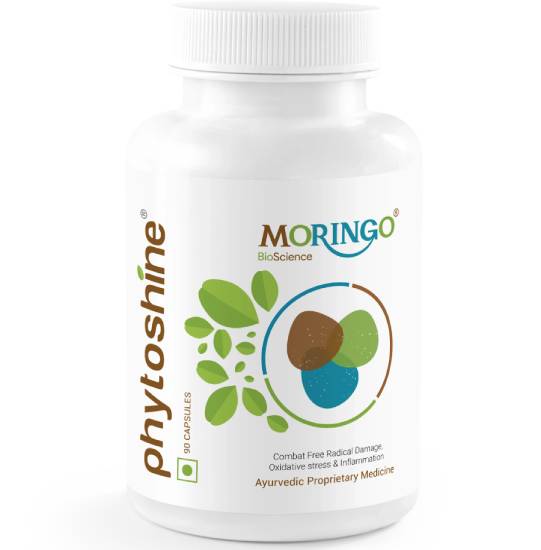Blood sugar control feels like a constant battle for millions of people worldwide. The numbers on glucose monitors tell a story that many don’t want to hear. Traditional approaches work for some, but others keep searching for additional support.
Plant-based solutions have gained attention in recent years. Moringa for blood sugar management represents one area where scientific inquiry has produced some interesting findings. The research isn’t complete, but certain patterns have emerged that deserve examination.
This particular plant contains several chemical compounds that interact with how the body processes glucose. The moringa for blood sugar connection isn’t just folklore – laboratory studies have identified specific mechanisms that could explain the observed effects.
Different parts of the moringa plant contain varying concentrations of bioactive molecules. The leaves typically show the highest levels of compounds relevant to glucose metabolism. Isothiocyanates, quercetin, and chlorogenic acid appear most frequently in research papers.
Primary Bioactive Compounds:
- Isothiocyanates – affect enzyme activity in carbohydrate processing
- Quercetin – influences insulin receptor function
- Chlorogenic acid – modifies glucose absorption rates
- Phenolic compounds – provide antioxidant protection to metabolic cells
The way these molecules work together creates a complex picture. Some research suggests the whole plant extract performs differently than isolated compounds. This might explain why standardized dosing remains challenging.
One study tracked glucose tolerance in adults over several weeks. The moringa group showed measurable changes in post-meal blood sugar patterns. Control subjects maintained their baseline measurements throughout the observation period.
Laboratory work has focused heavily on alpha-glucosidase inhibition. This digestive enzyme breaks down starches into simple sugars. When partially blocked, carbohydrates enter the bloodstream more gradually rather than creating sharp spikes.
Observed Mechanisms:
- Delayed carbohydrate breakdown in the digestive tract
- Modified insulin sensitivity in muscle tissue
- Reduced glucose production from liver stores
- Enhanced cellular glucose uptake efficiency
The dosage question remains problematic. Different studies use varying amounts of moringa powder, extract, or capsules. Some trials show benefits at lower doses while others require higher concentrations. Individual metabolism clearly plays a role.
Recent work has examined moringa’s effects on liver glucose output. The liver constantly releases stored sugar into circulation, especially during fasting periods. Some compounds appear to influence this process, though the mechanism isn’t fully understood.
Research Challenges:
- Standardization of plant extracts varies significantly
- Study durations range from days to months
- Participant populations differ across trials
- Measurement methods lack consistency
The antioxidant properties of moringa might protect insulin-producing cells from damage. Chronic high blood sugar creates oxidative stress that can harm pancreatic function over time. This protective effect could be as important as direct glucose-lowering actions.
Real-world applications face several obstacles. Fresh moringa leaves aren’t available everywhere. Dried powder preparations lose some potency during processing. Capsule formulations often contain additional ingredients that might interfere with absorption.
Some people report feeling more stable energy levels when using moringa regularly. Others notice no particular change in their glucose patterns. The variation in response suggests genetic factors or individual biochemistry influence outcomes.
Clinical Considerations:
- Effects appear dose-dependent but optimal amounts remain unclear
- Response time varies from days to weeks
- Individual results show significant variation
- Long-term safety data remains limited
The interaction between moringa compounds and diabetes medications needs more investigation. Some preliminary evidence suggests potential for enhanced effects when combined with conventional treatments. This raises both opportunities and safety concerns.
Blood sugar management involves multiple body systems working together. Moringa appears to influence several of these pathways simultaneously. Whether this creates meaningful clinical benefits depends on many factors beyond just the plant compounds themselves.
Current research suggests moringa might serve as a useful addition to comprehensive blood sugar management strategies. The evidence supports biological plausibility, but more controlled studies are needed to establish clear therapeutic protocols.
For people exploring natural approaches, moringa represents one option among many. The scientific foundation continues growing, but expectations should remain realistic about what any single intervention can accomplish.
Featured Image Source: https://www.moringobioscience.com/assets/images/phytohineIcons/phytoshine-big.webp
